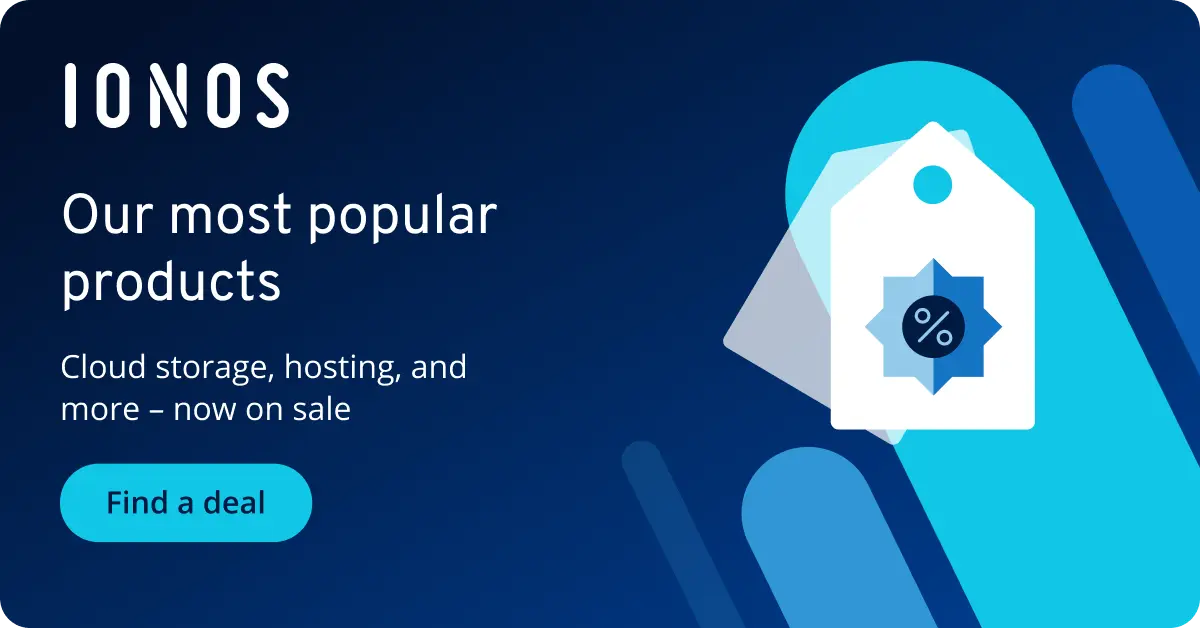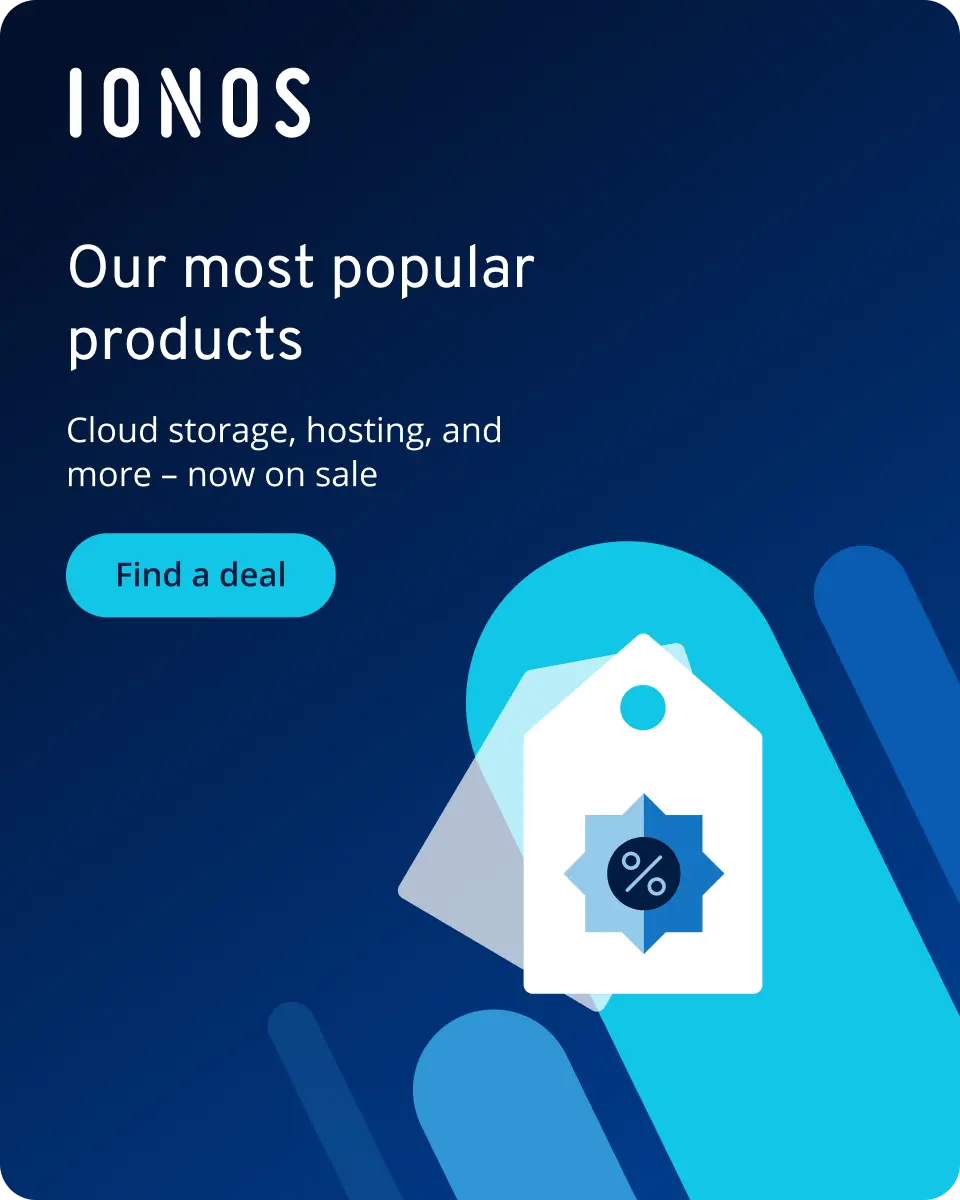What is JSON?
JSON is a text-based data format that is often used to transfer data between different systems due to its simple structure. It encodes information as key-value pairs that almost any programming language can process. The format is also popular due to its readability, broad compatibility, and easy implementation.
What is JSON?
JSON represents a platform-independent data format used for transmitting and storing structured data. The format originated from JavaScript but is completely standalone, meaning it is not tied to JavaScript. It is supported by almost all programming languages. JSON is a pure text format, easy for humans to read and write and efficient for machines to parse.
In many cases, developers prefer the JSON format primarily because it facilitates cross-technology data exchange. For instance, when a user buys a piece of clothing in an online store, inputs are transmitted to the server in JSON format. The server processes the data and sends the response back in JSON format as well, ensuring seamless data exchange.
- Enterprise-grade architecture managed by experts
- Flexible solutions tailored to your requirements
- Leading security in ISO-certified data centers
The central characteristic of JSON is its clarity: the data format uses a reduced and consistent notation to present information in a precise yet understandable way. It also relies on Unicode, allowing international characters and special symbols to be handled with ease. This means JSON provides a lean and independent solution for modern web and API communication.
In the Digital Guide, you will also find a JSON-LD tutorial with Schema.org and an article on the JSON Web Token.
How does JSON work?
A JSON document needs to follow a fixed syntax: It always begins with an opening curly brace { and ends with a closing curly brace }. Within the curly braces, individual data fields are defined by name-value pairs. These start with the name, followed by a colon : and the value. JSON supports various data types, each with its own attributes and behaviors to store variables. These include:
- Objects: A JSON object data type consists of name-value pairs enclosed in curly braces. The keys must be strings that are unique and separated by a comma.
- Arrays: An array data type represents an ordered collection of values. These need to be of type Object, Array, String, Number, Boolean, or Null.
- Strings: In JSON, strings are often used to store and transfer text-based data such as names or addresses. The strings are enclosed in double quotes
””and allow the full range of Unicode characters. - Boolean: Boolean values can be either true or false. They are treated as strings but are not enclosed in quotes.
- Number: This data type is used to store numerical values for various purposes such as data analysis or calculations. JSON supports both positive and negative numbers, as well as decimal points.
- Null: When a variable is empty, this can be expressed by assigning it with Null.
The following example illustrates the structure of a JSON dataset:
{
"dataField1": "Value",
"dataObject": {
"field1": 123,
"field2": "Text",
"field3Array": ["Value1", "Value2", "Value3", "Value4"]
}
}What are the advantages of JSON?
JSON scores highly in many areas thanks to its simplicity and efficiency, making it the preferred format for many modern applications. The following overview lists the key advantages of JSON:
- Lightweight and space-saving: JSON eliminates unnecessary markup elements and uses only a few structural characters, reducing storage requirements and transmission volume.
- Easy readability: The clear syntax of JSON can be understood without specialized expertise. Even larger datasets remain organized, simplifying debugging.
- Wide support: Whether it’s JavaScript, Python, Java, PHP, or C#—JSON is natively supported by almost all programming languages and frameworks, or provided through standard libraries. Many NoSQL databases, like MongoDB or CouchDB, store documents directly in JSON format or a JSON-like data format, which reduces conversion effort.
- Flexible data modeling: The support for nested structures allows complex and hierarchical data models to be mapped without any issues.
- Cost-effective vCPUs and powerful dedicated cores
- Flexibility with no minimum contract
- 24/7 expert support included
What is JSON typically used for?
Due to its versatile advantages, the JSON data format is used in virtually every area of software development. Classic application fields include:
- Cross-platform data transfers: JSON is ideal for exchanging data between different systems and programming languages.
- Creation of dynamic JSON data from user inputs: JSON is excellent for storing temporary, user-generated information in a structured way. For example, it’s possible to directly convert website form fields into a JSON object and serialize them.
- Configuration of data for applications: Every application needs appropriate login data to connect to a database. Login credentials and the log file path can be specified in a JSON file, which all involved parties can use.
- Simplification of complex data structures: JSON reduces complex documents to essential elements and converts them into easily readable structures. This increases the transparency of data models and ensures that access to relevant information becomes predictable.
- Configuration files: JSON documents are easy to query and edit, which is why the format is often used for configuration files—especially in JavaScript ecosystems like Node.js.
What are some alternatives to JSON?
Although the JSON format is considered standard in many cases, other data formats exist that may be even better suited in specific scenarios. Some of the most well-known alternatives include:
-
XML (Extensible Markup Language): Before JSON‘s rise, XML was the most commonly used data serialization format. The strongly-typed and flexible text format can store complex data structures and metadata. The format also has schema definitions (XSD) and transformations (XSLT) but it is harder to read than JSON.
-
YAML (YAML Ain’t Markup Language): This machine-readable format is mainly used for configuration files and is an extension of JSON that supports comments. The YAML format offers a clear syntax but is more complex to process and prone to syntax errors.
-
Protobuf (Protocol Buffers): This is a binary data format from Google known for its compactness and high efficiency. However, Protobuf requires schema definitions. Additionally, the format is not human-readable, which may complicate debugging.

